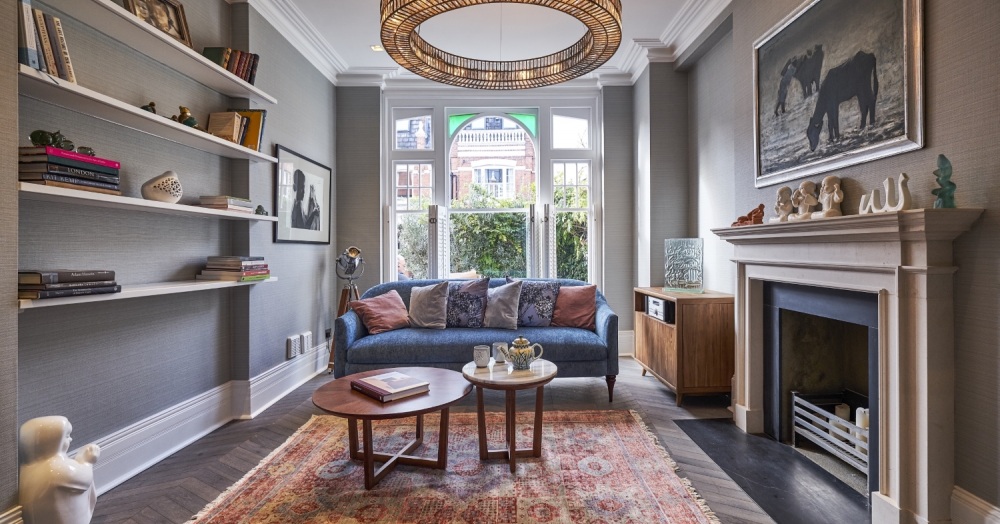Victorian properties continue to stand the test of time, embodying classical elegance and enduring style. Read on for our recommendations on how to buy Victorian houses…
Queen Victoria’s long reign saw the style of house building encompass a range of revival styles. The indelible mark of Victorian property on the face of British cities, towns and countrysides can still be seen today. Their decorative exterior elements, as well as their ubiquity in desirable locations, make them a popular choice for renovation.
The Victorian house movement
Ranging from 1837 to 1901, the Victorian era marked the evolution from tradition to industrial. Whereas the initial style of housing took its influences from the medieval Gothic revival and Regency traditions, later Victorian era property included more industrial building materials and styles. This was in large part due to the lifting of tax on glass and brick and the industrial revolution, with its subsequent railway boom for material transportation.
How to recognise Victorian property
Due to the lengthy nature of the Victorian era, Victorian property has a number of characteristics that depend on the specific date of the building’s creation.
Earlier Victorian buildings can usually be identified by their references to the Gothic revival movement: porches, roof gables, pointed roofs with wooden trims, and lancet windows may all be featured. Stained glass may be rarer, but its hearkening back to Gothic architecture can still be seen on some building examples.
Later Victorian buildings can be spotted by their inclusion of various design features, such as terracotta tiles, slate roofs and brickwork in variant colours. Stonework was intricately carved, and large bay windows are typical. Keen-eyed architectural fans may see a date stone or two that can indicate the building’s age.
Things to know before buying a Victorian house
A period property in the Victorian style can be a wonderful addition to a property portfolio or make a superb base for raising a family. With particularly stunning features from bygone eras, a typically sensible layout and solid construction, buying a Victorian home is a rewarding property investment.
Victorian houses are not often long for the market, as they are a popular purchase due to their sturdy nature and reasonable size. Though thorough consideration should be given for any property purchase, a Victorian home will likely be on the market only briefly.
Of course, buying a period home does come with potential issues relating to the building’s construction. However, despite the quality of the materials available during the Victorian era and the excellent nature of the house building from that time, this type of house may require some structural reworking during refurbishment to get the building to modern standards.
The benefits of restoring a Victorian home
The solid construction and aesthetic appeal of Victorian homes makes them an excellent choice for a restoration project. The steep pitched roofs common to many Victorian buildings makes them superb candidates for loft conversations, ideal for adding more space in a way that won’t affect the vintage nature of the property. This type of building provides a beautiful blank canvas for creating a personalised, distinctive home.
Are you looking for a Victorian home or perhaps you're selling one and want it marketed to its full potential?
Get in touch and our team of experts can advise you on the best step forward!

